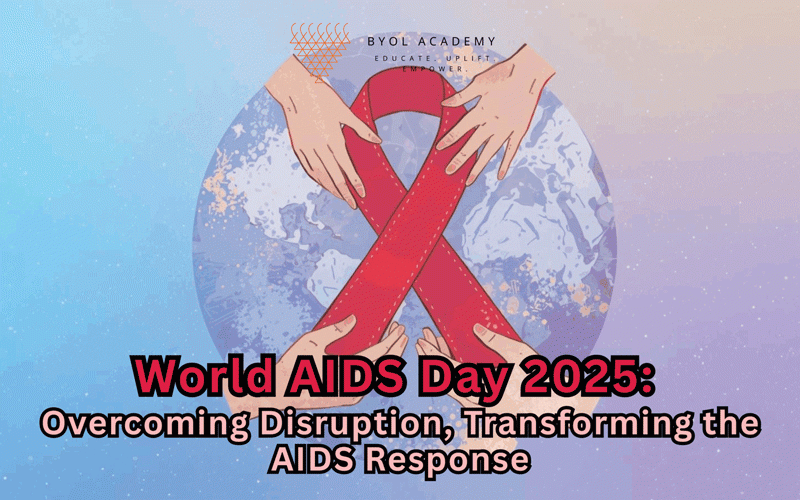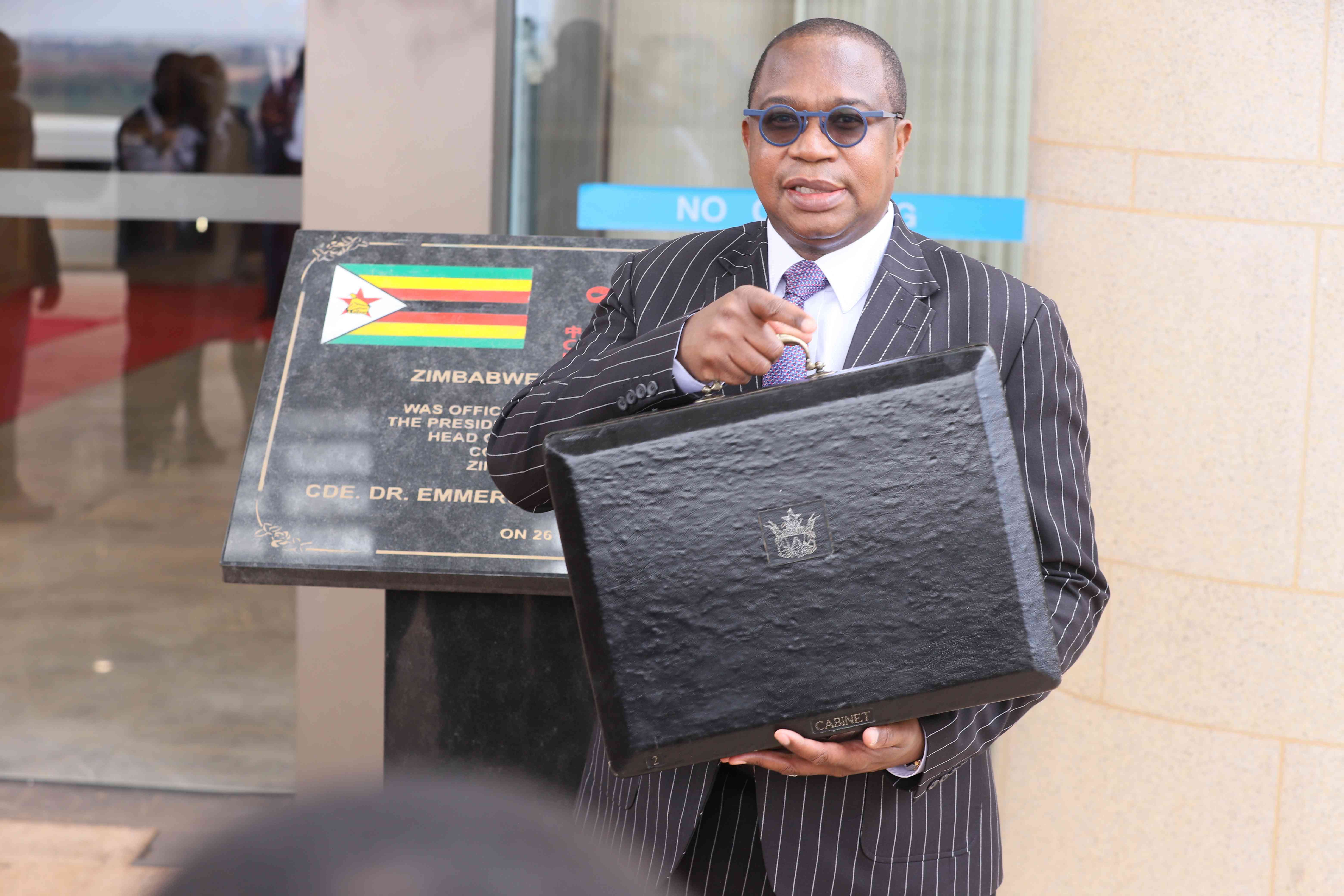
ZIMBABWE’S economy is marred by structural rigidities causing excessive pricing distortions and weak economic growth. Structural rigidity can be defined as a lasting feature caused by a set of institutions, which prevents a market from operating freely.
These rigidities take various forms including institutional, money wages, product price and production functions among others. In Zimbabwe, structural reforms are very unpopular, especially to those familiar with the International Monetary Fund (IMF) sponsored Economic Structural Reform Programme (Esap), which was started to be implemented around March 1991.
To reduce the size of the budget and promote private-sector-led economic growth, Esap led to the devaluation of the local currency, a move that resulted in a massive loss of value as inflation raged havoc thus contributing to brain drain.
It also resulted in the retrenchment of 25% of the civil service, withdrawal of critical government subsidies, commercialisation and privatisation of some state-owned enterprises and introduction of user fees in education and healthcare sectors among others.
These Esap initiatives received backlash from the people as they were introduced at a time the government was expected to continue expanding the social sector to redress socio-economic imbalances brought by colonisation.
By scaling down social services, the poor and marginalised communities were disproportionately affected.
Other commentators point out that the programme increased the gender divide in the health, education, political and business spheres.
The government further introduced painful austerity measures under the Transitional Stabilisation Programme (TSP) (October 2018-December 2020).
- Chamisa under fire over US$120K donation
- Mavhunga puts DeMbare into Chibuku quarterfinals
- Pension funds bet on Cabora Bassa oilfields
- Councils defy govt fire tender directive
Keep Reading
Monetary authorities implemented currency reforms culminating in the re-birth of the Zimbabwean dollar (ZWL), which was earlier abandoned in 2009 after a record 2008 hyperinflation.
The official migration from a fixed ZWL exchange rate under the multicurrency to a floating regime in 2019 led to a massive loss of income and wealth.
To date, the ZWL continues to lose value. This can be attributed to the fact that it was introduced in the context of weak macroeconomic fundamentals, flip-flopping monetary policymaking and plummeting market confidence.
Furthermore, austerity led to the introduction of more regressive taxes like the now unpopular 2% tax (Intermediated Money Transfer Tax), which helped send market prices haywire when it was introduced during the third quarter of 2018.
Price inflation, which was recorded at 20,9% as of October 2018 mounted significantly to close 2019 at 521% before it reached a post-dollarisation all-time high of 837,5% in July 2020.
Consequently, poverty widened with current estimates showing that 70% of the population is wallowing in poverty and 40% are in abject poverty.
The foregoing affairs have increased the phobia of economic and structural reforms among economic agents, particularly poor households, who disproportionately bear the inflation tax, face dwindling real incomes, and delivery of poor and unaffordable social services ex-post.
Nevertheless, the current social and economic environment is calling for increased political will to implement deep economic and structural reforms if Zimbabwe is to attain stable sustainable economic growth and equitable distribution of national wealth.
These reforms will challenge obstacles to the fundamental drivers of growth by liberalising labour, product and service markets, thereby encouraging job creation and investment and improving productivity. If properly designed, these reforms are crucial in boosting an economy’s competitiveness, growth potential and adjustment capacity.
It is worrisome to note that public institutions in Zimbabwe have been compromised by corruption.
In development economics, institutions are viewed as rules of the game or more formally, as the humanly devised constraints that shape human interactions.
In consequence, institutions’ structure incentives in human exchange, whether political, social, or economic. The prevailing weak institutions, for example, Zimbabwe Human Rights Commission (ZHRC) are failing to be the last line of defence and protector ofhuman rights.
From the monetary front, the Reserve Bank of Zimbabwe (RBZ) is not transparent in its dealings and enjoys limited independence from fiscal authorities thusaffecting the credibility of monetary policy. This explains why four years after beingintroduced, the market is not yet confident in the local currency.
There are also price rigidities in Zimbabwe, for example, in the agriculture sector where the price discovery processes are failing farmers, particularly the smallholder farmers, who are forced to sell their produce at Grain Marketing Board’s undervalued prices.
Given the cobweb phenomenon in agriculture,poor pricing is affecting real activity in the sector as some farmers are forced to exit the sector.There are also other sectors of the economy like ethanol and the fuel sector, which are too concentrated.
The lack of competition in such sectors is leading to overpricing ofgoods and services thereby affecting the poor majority.
Meanwhile, Treasury presented its 2023 national budget in November 2022 that has a spending ceiling of ZW$4,5 trillion(Auction rate US$1:ZW$671,44). According to some evaluations by Zimbabwe Coalition on Debt and Development (Zimcodd), a Harare-based social and economic justice think-tank, the proposed budget shows deep public policy politicsand how wholesome populistic policies have undermined optimum resource distributionaccording to national challenges.
For instance, the 2023 budget has allocated ZW$46 billion (1% of the total budget)to war veterans while social protection,which positively affects the greater portion of the population, particularly women and youth was awarded about ZW$50,4 billion (about 1,12% of the total proposed budget).
It is ironic to note this when 3,8 million and 1,6 million rural people and their urban counterparts are facing food starvation.
Again, 4,6 million children are reportedly living with severe acute malnutrition and 4,8 million children require school fees support under the state-funded Basic Education Module Assistance (BEAM).
As such, noting these budget allocations, one can argue that the 2023 budget will be anti-poor unless Parliamentarians offer bold amendments — a rare feat given the whipping system being followed in Zimbabwe’s political systems.Apart from the social sector, the budget leaves a lot to be desired economically.
With prevailing chronic inflation, the Treasuryproposed to increase value-added tax (VAT) by 0,5 percentage points to 15% in 2023. Excise duty on energy drinks was also increased to US$0,10 from US$0,05.
More so, the budget announced plans notto restore the suspension of import duty on basics which had expired in early November 2022. All this occurs amid local currency fragility and elevated global inflation risk.
As such, aggregate consumer demand,which is normally viewed by economists as the engine for stable economic growth will likely be subdued.
In my view, the proposed budget is advancing an unsustainable expansionary fiscal policy stance ahead of the 2023 general election, at the expense of the pursuit of economic and structural reforms.
Without these, price distortions existing in the market of today will continue unabated while the public debt remains in distress.
Therefore, the government should swiftly implement reforms to improve competition and market pricediscovery. The existing institutions require reconfiguration in terms of the quality ofpersonnel, operational procedures and methodologies.
There is also a need to improvethe quality of public taxation systems to encourage innovation and address the challenges of the poor population in the welfare state.
More so, with reforms, fiscal authorities will be able to tighten public finance management systems to curb leakagesfrom corruption and illicit transactions.
Sibanda is an economic analyst and researcher. He writes in his personal capacity. — [email protected] or Twitter: @bravon96











